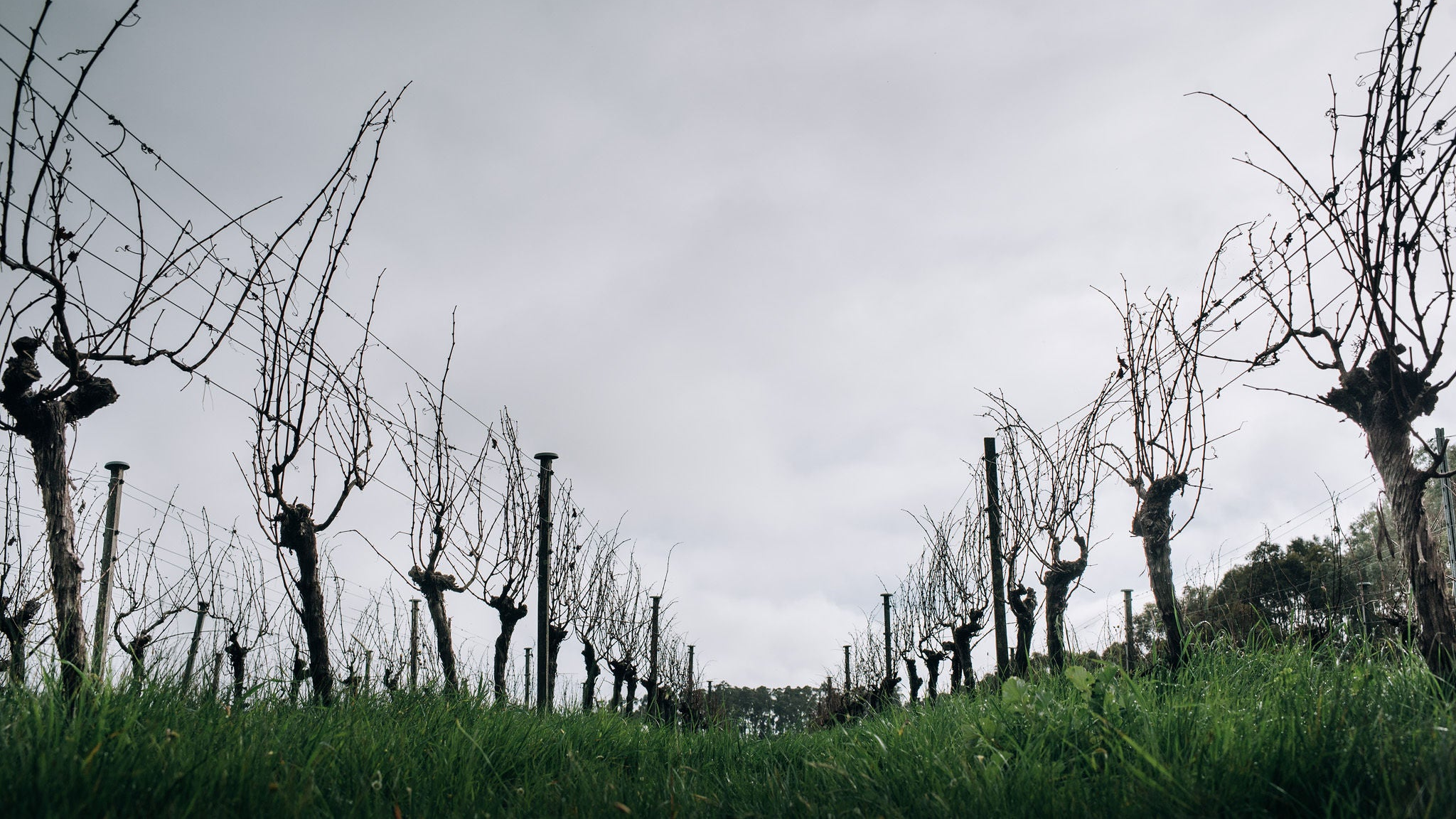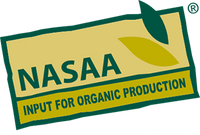When browsing garden nursery products, you'll often encounter terms like "slow release fertiliser" and "fast release" options. While these terms are commonly used in the synthetic fertiliser industry, the principles behind them are fundamental to successful organic gardening and sustainable soil management.
What Does "Slow Release" Really Mean?
In conventional agriculture, slow release fertilisers are engineered products designed to release nutrients gradually over time. However, in organic agronomy, we achieve the same beneficial outcomes through natural processes that have sustained agricultural systems for millennia.
The key difference? Rather than controlling release rates through chemical coatings or synthetic compounds, organic materials release nutrients as soil microorganisms break them down naturally. This biological process creates a truly responsive feeding system that aligns with plant needs and seasonal growth patterns.
Nature's Slow Release System
At Soil Dynamics, we focus on working with natural materials that inherently provide sustained nutrition:
Composted Organic Matter
Well-made compost is nature's perfect slow release plant fertiliser. As microorganisms decompose organic materials, they release nutrients steadily throughout the growing season. Unlike quick-release synthetic options, compost continues feeding plants for months while simultaneously improving soil structure.
Animal Manures
Aged manures from chickens, cows, horses, and sheep provide sustained nutrient release. The composting process stabilises these materials, preventing nutrient burn while ensuring steady availability. Each type offers different nutrient profiles, allowing gardeners to match applications to plant needs.
Blood and Bone
This traditional garden nursery product combines two powerful organic ingredients. Blood meal provides readily available nitrogen for leafy growth, while bone meal releases phosphorus slowly as it breaks down, supporting root development and flowering over extended periods.
Rock Minerals
Ground rock dusts and mineral powders release nutrients extremely slowly, often over years. Products like rock phosphate, greensand, and volcanic rock dust provide trace elements and major nutrients that become available as soil acids and biological activity gradually break them down.
Why Organic "Slow Release" Outperforms Synthetic Options
Soil Biology Does the Work
When you apply organic materials, you're not just feeding plants, you're feeding the soil ecosystem. Beneficial bacteria, fungi, and other microorganisms break down organic matter, releasing nutrients in plant-available forms precisely when conditions favour plant growth. In cold weather, microbial activity slows, matching the reduced nutrient demands of dormant plants. When temperatures rise and plants actively grow, biological activity increases, delivering more nutrition exactly when needed.
No Nutrient Lockout
Synthetic fertilisers can create chemical imbalances that prevent nutrient uptake. Organic approaches maintain balanced soil chemistry, ensuring plants can access what they need without antagonistic interactions between nutrients.
Building Soil Structure
Perhaps the most significant advantage: organic materials improve soil structure with every application. They increase water retention, improve drainage, enhance aeration, and build humus, the stable organic matter that makes soil truly fertile. Synthetic slow release fertilisers provide nutrients but offer none of these foundational benefits.
Practical Applications: The Soil Dynamics Method
At Soil Dynamics, we approach plant nutrition the way we approach our own health: diversity creates vitality. Just as we humans wouldn't thrive eating the same meal every day, plants flourish when they receive varied inputs that address different aspects of soil health and plant function.
The Foundation: Mineral-Rich Slow Release
Start every planting with rock mineral fertilisers mixed into the soil. These provide the ultimate slow release nutrition, mineralising the soil over months and years while supporting long-term fertility. Apply at planting, then again at key growth stages like first flower or bud burst, and before ripening.
For heavy feeders like citrus, avocados, and root vegetables, supplement with additional organic NPK to support their demanding growth cycles.
The Weekly Rotation: Biostimulants and Liquid Nutrition
Here's where diversity really shines. Rather than applying the same liquid feed repeatedly, rotate through different inputs that each bring unique benefits:
Seaweed-based biostimulants provide growth hormones, trace elements, and compounds that enhance stress tolerance and root development. These aren't just fertilisers, they're biological signals that optimise plant function.
Fish emulsion delivers readily available nitrogen and amino acids that feed both plants and soil microbes, supporting vigorous growth during active growing periods.
Humate-based products build soil structure, improve water retention, and provide carbon that feeds beneficial soil biology. They're the bridge between mineral nutrition and living soil systems.
Mineral concentrates provide trace elements and plant-available minerals that complement the slow release foundation, ensuring nothing is lacking during peak growth demands.
By rotating these inputs weekly, you're not just feeding plants, you're creating a diverse, balanced soil ecosystem. Each product brings different compounds, different microbial foods, and different plant signals. This diversity prevents deficiencies, supports robust growth, and builds resilience against stress.
For Garden Beds
Mix rock mineral fertilisers into the top 5-10cm of soil with compost before planting. After planting, apply seaweed biostimulant to reduce transplant shock and stimulate root growth. Then begin your weekly rotation, alternating between seaweed, fish, humates, and mineral concentrates.
It's perfectly fine to skip a week or even mix products together, flexibility is part of working with natural systems.
For Trees and Shrubs
At planting, incorporate substantial amounts of rock minerals into the planting hole (250g to 2kg depending on size). Water in with seaweed biostimulant. For established trees, apply rock minerals around the drip line at bud burst, then follow with monthly liquid applications, rotating through your biostimulant range.
Native plants particularly appreciate this approach, as rock minerals provide low-solubility phosphorus that feeds them without causing toxicity.
For Container and Indoor Plants
Mix rock minerals into potting mix at planting, 1-2 cups per pot provides long-term slow release nutrition. Then feed with every watering, rotating your liquid biostimulants and fertilisers. If potting mix becomes water-repellent, humate-based products help restore proper water penetration while feeding soil microbes.
Understanding Release Rates in Organic Systems
While we don't categorise our products as "slow release" or "fast release" in the synthetic sense, organic materials do vary in how quickly they provide nutrition:
Faster availability: Fish emulsion, liquid seaweed, worm casting tea, blood meal
Moderate release: Well-composted manures, quality compost, blood and bone
Extended release: Rock dusts, bone meal, aged woody materials
Very long-term: Mineral rock powders, biochar amended with nutrients
Making the Transition
If you're accustomed to synthetic fertiliser schedules, transitioning to organic methods requires a shift in thinking. Rather than applying specific NPK ratios on rigid timelines, you'll focus on building soil health as your primary strategy.
Start by having your soil tested to understand its current condition. Apply organic materials to address deficiencies while building organic matter levels. Most gardens benefit from 25-50mm of quality compost annually, worked into vegetable beds or applied as mulch around perennials.
The Soil Dynamics Difference
Our approach centres on creating living, self-sustaining soil systems. We provide organic materials and amendments that work with natural processes rather than against them. While garden nursery products marketed as synthetic slow release fertilisers may offer convenience, they can't match the comprehensive benefits of organic soil management.
Every organic amendment you add contributes to long-term soil improvement. Over time, well-managed organic soils require fewer inputs as biological systems mature and natural fertility builds. This isn't just sustainable gardening, it's regenerative, leaving the soil healthier and more productive with each season.
Conclusion
While the terminology of "slow release plant fertiliser" originates from the synthetic fertiliser industry, the concept is perfectly aligned with organic principles. Nature has always worked on a slow-release model, and by working with these natural processes, we achieve superior results: healthier plants, richer soil, and sustainable growing systems that improve over time.
Whether you're managing a home garden or a commercial nursery, focusing on organic fertility builds a foundation for long-term success that no synthetic slow release fertiliser can match.
For guidance on selecting the right organic amendments for your specific growing situation, contact our team at Soil Dynamics. We're here to help you build the fertile, living soil your plants deserve.





